Natasha Sidi is an experienced designer in the areas of graphics, web, and UX/UI. While pursuing her teaching certificate, and a BComm (Spec. Hons) from York University, Natasha realized that she could make a bigger impact in the world outside of the classroom. She ventured into the field of design and fell in love with the endless possibilities of what it can solve. She is often invited to lead workshops on the topic of UX/UI design attended by womxn entering the STEM fields. Her personal north star is to make the world just, equitable and inclusive for racialized womxn and girls. Outside of work, you can find her snuggled up with a hot cup of chai and reading poetry by Rumi. Born and raised in Tanzania, Natasha spent her childhood going on safari trips, and has survived an elephant charge twice!
Tell us about your first job and early-career experiences.
Navigating through my early-career experiences was thrilling but also exhausting at times. While I certainly improved my craft as a designer, I was not prepared to face the realities of an early-career woman of colour.
Upon graduating from York University, I was filled with energy and ready to take on the world. I naturally gravitated to working in organizations that were aligned with my values. I explored the fields of race relations, youth and women entrepreneurship, and edtech. It was in this process that I uncovered three truths about myself – my purpose is to help create a just and equitable society, my passion lies in design, and I can use my passion to serve my purpose.
It was ironic that the organizations whose mission was to make an impact were the same that struggled internally to create an inclusive environment. This created an inner conflict within me. I absolutely loved the work I did, and I was proud of the projects I worked on. At the same time, systemic racism and sexism in the forms of micro-aggression, unfair salaries, and the constant pressure to work twice as hard as my male counterparts to ensure “perfection” prevented me from producing my best work. With no room to make mistakes, I felt exhausted from constantly being on my toes. I found myself driven by fear and didn’t always feel comfortable bringing my whole self to work. I never knew I was a woman of colour until I entered the field of tech.
Healing from these experiences has taken time and reflection, and I’m learning to grow into my own power. The challenges that I faced fueled my purpose further, as I’m now more motivated than ever to create a more just and equitable society.
Why did you start Chasepixel?
I started
Chasepixel because I wanted to use design to solve social problems. I want to work with organizations that wish to use design to amplify their impact. A well-thought-out design strategy can go a long way. Storytelling and data can help create a friendly user experience, resulting in better products and services. I also enjoy working on my craft. Whether it’s designing a newsletter, a brochure, or a website, there’s nothing more exciting than getting on the drawing board to work the magic of colours and typography.
What attracted you to the field of design?
My first glimpse into the field of design was when I organized an event for women in tech. A Product Designer we invited showcased her work of user experience and user interface design. I instantly fell in love with the work and was drawn to the endless possibilities of what design can offer. I found it fascinating that it can help tremendously with problem-solving.
What motivated you to join the Accelerate Her Future Team as Fellowship Circle Coordinator and Communications Lead?
As a woman of colour, I struggled to find a community that focussed on empowering BIWoC. I was exploring ways in which I can solve this problem. When I learned about Accelerate Her Future, I was instantly drawn to the mission and wanted to be a part of the adventure. I see AHF as a strong and resourceful community for BIWoC, and at the same time, providing organizations with the tools to ensure diversity, equity, and inclusion.
What one advice would you give an early-career woman of colour starting out in tech?
Be aware of the fact that bias does exist. A common challenge that many early-career BIWoC face is not having our voices heard. We’re constantly interrupted, ignored, or simply not given much importance. Recognize that the fault does not lie within you so do not internalize this as your problem. Don’t let this stop you from speaking your truth. Know that we’re all with you cheering you on. Come from a place of strength as you voice your opinions.
How do you invest in your own potential as a woman of colour?
As a woman of colour, I’ve struggled with stepping into my personal power and voicing myself. I was inspired by artists, such as Shehzil Malik and Shyama Golden, to use illustration as a source of activism, self-expression, and embracing personal power. Creativity gives me the opportunity to realize my core strengths, gifts, and talents. It is a way in which I connect with myself and the higher power, feeling liberated and empowered to express myself. It is also a space in which I listen to myself – validating the power of my own voice. As a form of self-care, it becomes a way of meditating as I’m truly in the present moment, feeling completely free and powerful.
At AHF we believe in celebrating and amplifying those who have paid it forward in our lives and careers. Who has been one of your greatest mentors, allies or sponsors and why?
My deepest gratitude and thanks goes to Dr. Golnaz Golnaraghi. I have an incredible amount of respect and a deep sense of admiration for this very special human. Golnaz not only advocates for reciprocal-based mentorship, but is a champion of the model and has ensured that it is the foundation of our mentoring relation, emanating equality, mutual respect, trust, and honesty. The outcome of this valuable relation has been a safe space to bring our whole self and mutual vulnerability – a very rare trait embodied by a mentor of which I am truly in awe and inspired.
She continuously encourages and guides me to step into my power, shining a light on my strengths and talents, and providing me with a platform and motivation to voice myself to the world. Her passion and dedication to providing women like me the opportunity to share our talents and gifts, breaking away from fear and embracing our authentic selves, is highly contagious and inspiring. Her seeing the leadership potential in me gives me an immense sense of confidence and joy. I’m beyond grateful for the opportunity to be working alongside a trailblazer and proud to call her my mentor. I know that I’m joining a number of others in celebrating the mentorship gifted to us by Golnaz.
Golnaz, your mentorship means the world to us, thank you so much for sharing your compassionate, beautiful, and uplifting energy with all of us. I truly cherish and honour your mentorship.
What gives you hope about the future?
What gives me hope is that BIWoC are investing more in themselves – whether it’s through programs like the AHF’s Fellowship Circle, or other programs and self-care practices. We’re starting to see some social change as a result of decolonizing work, and so, we’re becoming more conscious and aware of colonial narratives. It may seem like the world is static due to the pandemic, but change is happening and this gives me a lot of hope.



